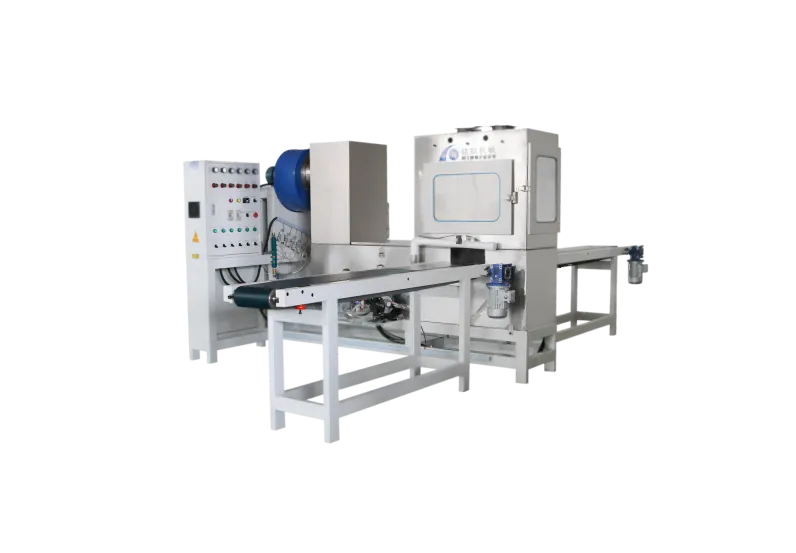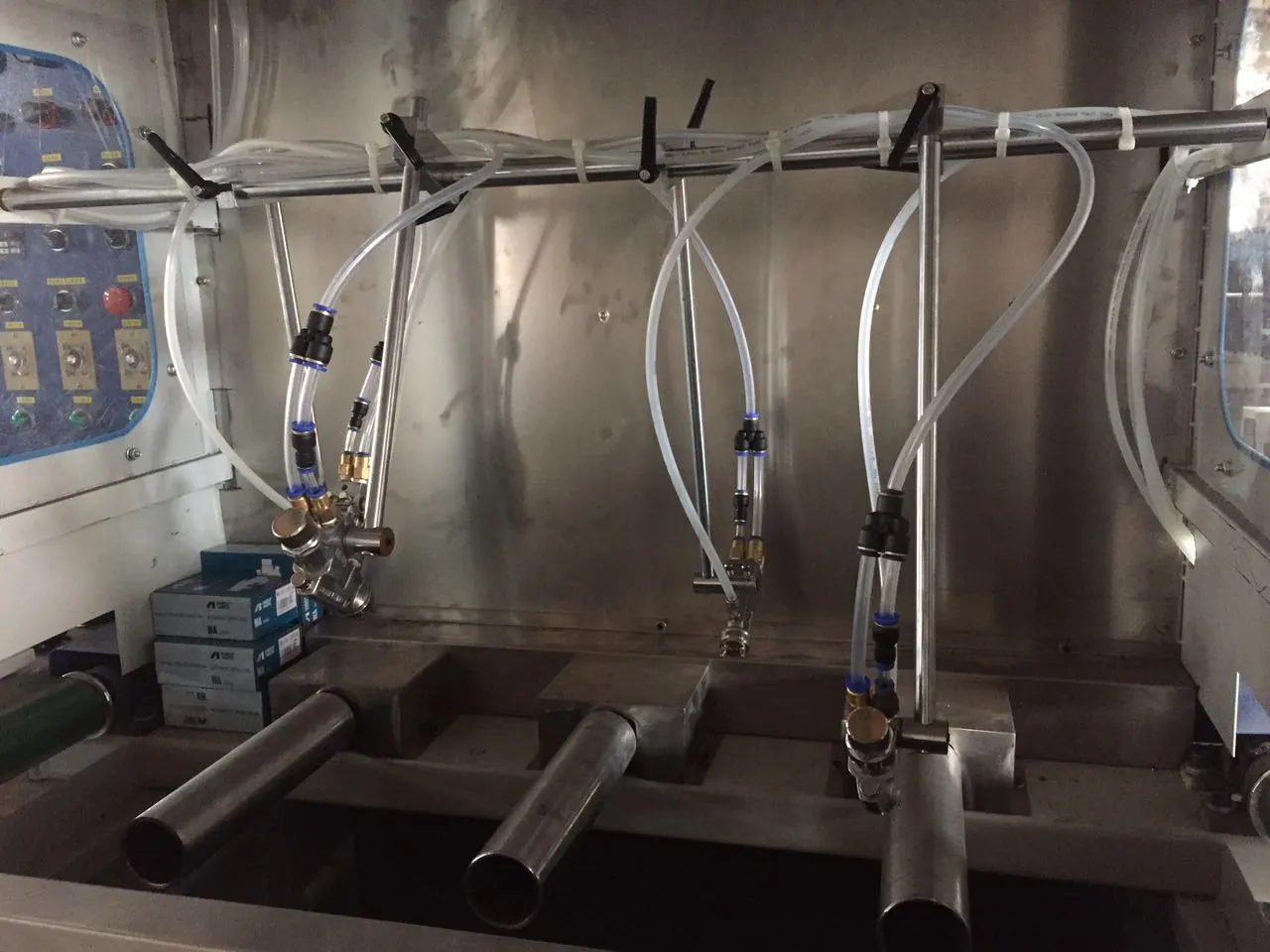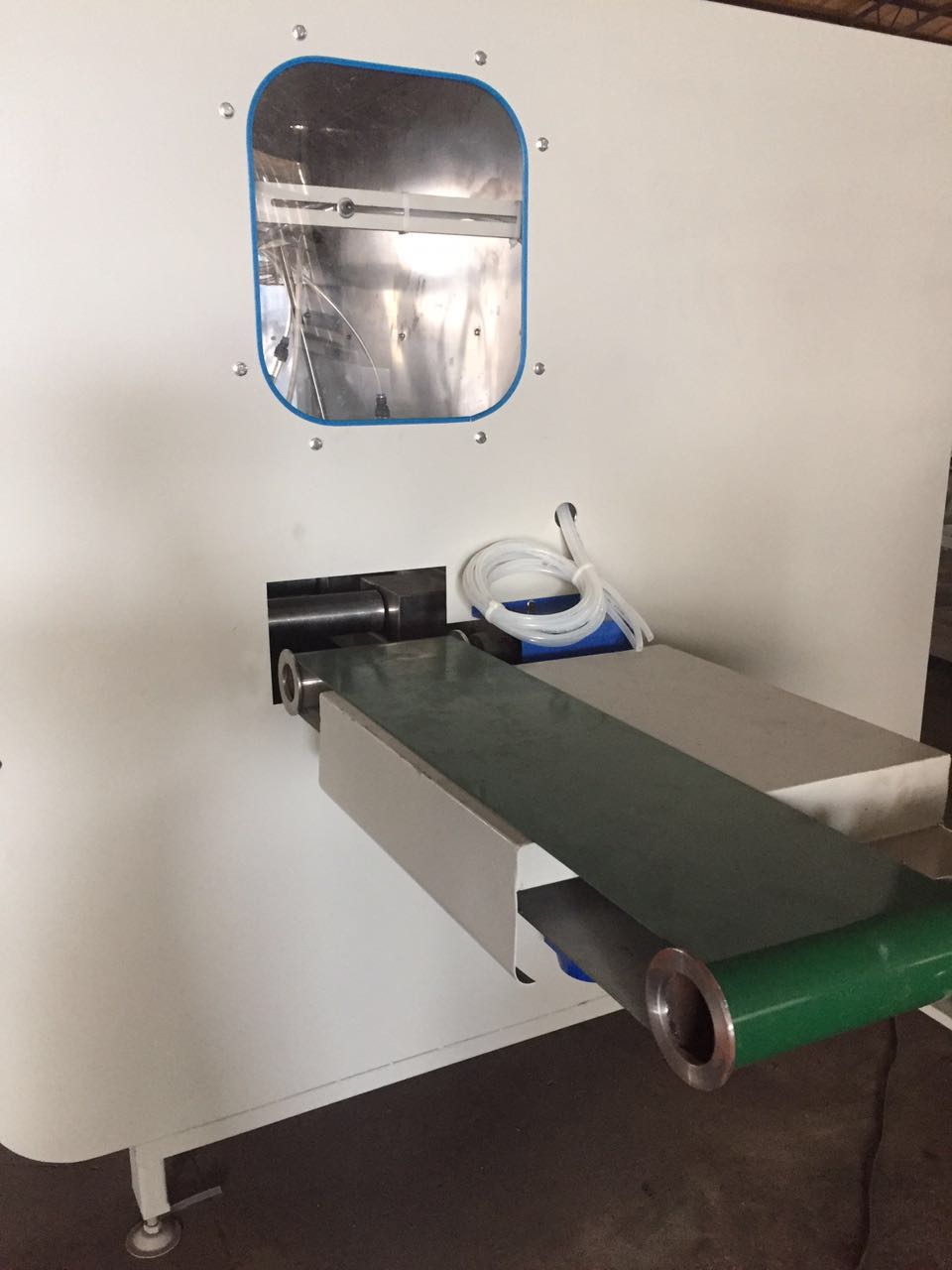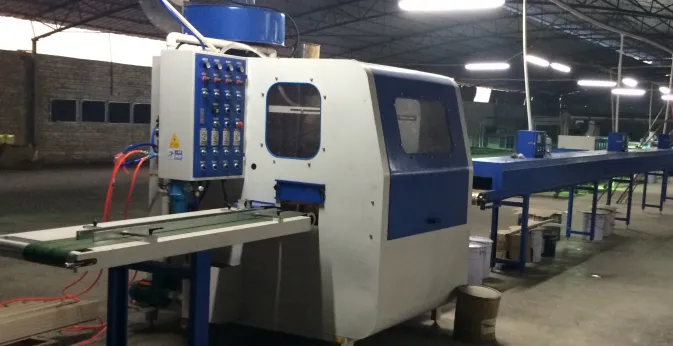In industries such as furniture manufacturing, woodworking, metal surface treatment, and plastic coating, the use of automatic painting machines has become an important means of increasing production capacity, controlling coating quality, and reducing labor costs. CNC automatic painting machines are particularly popular among companies due to their high precision, high degree of automation, and strong program controllability.
However, equipment does not guarantee permanent, trouble-free operation once installed. Like all industrial equipment, automatic painting machines require regular, effective maintenance to ensure stable performance, excellent coating quality, and a prolonged service life.
So, do CNC automatic painting machines require maintenance? How often should maintenance be performed? How can maintenance be performed correctly? This article will analyze the necessity, maintenance cycle, maintenance items, maintenance methods, and management recommendations for automatic painting machines from a technical perspective, aiming to provide a comprehensive, systematic, and practical reference for professionals involved in this field.
Do CNC automatic painting machines require maintenance?
The answer is yes: automatic painting machines must undergo regular maintenance. As precision equipment integrating electronic control, mechanical transmission, pneumatic systems, fluid delivery, and spray control, a CNC automatic painting machine relies on the coordinated operation of multiple key components. Prolonged cleaning, lack of maintenance, or the occurrence of hidden wear on any component can lead to decreased performance and even machine downtime.

Why is an automatic painting machine essential for maintenance?
Five reasons why automatic painting machines require maintenance:
1. Spraying accuracy relies on stable operation
The CNC-controlled spray path requires the stability of precision components such as the servo motor, track slider, and sensors. Maintenance can prevent accuracy deviations.
2. Spraying quality is closely related to the condition of the spray gun
Problems such as nozzle clogs, dried-up paint, and uneven atomization require regular maintenance of the spray gun system.
3. The paint system is prone to scaling or sedimentation
If the paint piping and filtration system of an automatic painting machine are not cleaned, they can easily clog, affecting flow stability and spray uniformity.
4. Automatic devices must maintain high sensitivity
Lack of lubrication or dust accumulation on cylinders, guide rails, slides, and lift shafts can cause operation to stall.
5. The electrical control system requires regular inspection
Loose or oxidized wiring in the control cabinet, PLC, or sensors can cause program interruptions or command failures.
In summary, automatic painting machines must be maintained; failure to do so will directly impact production capacity, quality, and equipment life.

What is the maintenance cycle for an automatic painting machine?
Automatic painting machine maintenance cycles should be tiered for different components. The following is a maintenance cycle recommended by industry standards, which can be adjusted based on actual operating conditions:
Maintenance Frequency | Maintenance Project Types |
| Daily Maintenance | Nozzle cleaning, paint line drainage, air-water separator drainage, workbench cleaning, compressed air line inspection |
| Weekly Maintenance | Slide rail cleaning and lubrication, spray gun atomization inspection, sensor calibration, spray gun lift mechanism inspection |
| Monthly Maintenance | Electrical control cabinet dust removal, PLC terminal tightening inspection, lubricant replenishment, fan filter cleaning, paint filter replacement |
| Quarterly Maintenance | Paint pump maintenance, guide rail grease relubrication, slide wear inspection, paint hood spray recovery system cleaning |
| Annual Maintenance | System overhaul, servo system calibration, pneumatic system pressure testing, electrical circuit inspection |
Note: High painting frequency, long operating time, and high dust levels may require shorter maintenance cycles.
Automatic painting machine: What are the maintenance items and methods?
Based on the structural characteristics of CNC automatic painting machines, maintenance can be divided into five major systems. The maintenance points for each system are as follows:
1. Spray System Maintenance
The spray system is the core of the automatic painting machine and includes components such as the spray gun, nozzle, paint supply line, return system, and paint pressure control.
Core Maintenance Items:
• Nozzle Cleaning: Soak the spray gun daily with a dedicated cleaning agent to prevent paint from drying out.
• Paint Pipeline Flushing: Clean the entire pipeline with a cleaning solution or solvent after each shift change or machine shutdown.
• Filter System Replacement: Regularly replace the main filter to prevent impurities from clogging the spray gun.
• Spray Uniformity Inspection: Test the atomization condition weekly to observe the spray width and particle fineness.
• Paint Pump Maintenance: Check the seals and piston for wear and leakage every three months.
2. Motion Actuator System Maintenance
CNC automatic painting machines rely on servo-driven X/Y/Z axes, rotary platforms, and lift systems for precise positioning and movement.
Core Maintenance Items:
• Guide Rail Lubrication: Apply special grease to the guide rails and sliders weekly.
• Belt Tension Adjustment: Check belt tightness to prevent slippage and deflection.
• Screw Inspection: Clean dust and impurities and check for play or wobble.
• Limit Device Testing: Verify the sensitivity of mechanical limit switches and sensors.
• Servo Drive System Inspection: Check for temperature, abnormal operation, and motor vibration.
3. Pneumatic System Maintenance
Automatic painting machines rely heavily on pneumatic components to perform actions such as reversing, lifting, clamping, and spray control.
Core Maintenance Items:
• Air Supply Triple Unit Maintenance: Drain air daily and replace filters monthly.
• Cylinder Lubrication: Check the oil level in the oil mist injector to ensure adequate lubrication within the cylinder.
• Air Line Seal Inspection: Regularly test for leaks and hose aging and cracking.
• Solenoid Valve Inspection: Check for normal response speed and switching frequency.
4. Electrical Control System Maintenance
The intelligent operation of an automatic painting machine relies on a control system consisting of a PLC system, touch panel, sensors, proximity switches, and more.
Core Maintenance Items:
• Electrical Control Cabinet Dust Removal: Prevent dust from entering the relays, power supply, and driver;
• Terminal Tightening: Prevent loose connections caused by vibration, which can affect signal stability;
• I/O Signal Testing: Test the continuity of each input and output module;
• Sensor Sensitivity Calibration: Ensure accurate position determination and avoid false operation;
• Emergency Stop and Safety Device Inspection: Test the effectiveness of emergency stop buttons, safety light curtains, and other devices.
5. Overall Structural and Environmental Maintenance
Although not directly involved in spraying, the paint sprayer body, spray booth, and exhaust system also require regular cleaning.
Core Maintenance Items:
• Frame Cleaning: Wipe daily to prevent paint adhesion and rust;
• Ventilation Duct Cleaning: Prevent paint mist accumulation and airflow reduction;
• Lighting Inspection: Maintain good visibility in the operating area;
• Floor Track Cleaning: Prevent dust and particles from getting stuck in moving parts;
• Surrounding Environment Management: Maintain constant temperature and humidity to reduce dust pollution.

How to Establish a Standardized Maintenance Management System?
To ensure efficient, standardized, and long-term sustainability in the maintenance of automatic painting machines, companies should develop a standardized management mechanism.
1. Establish Maintenance Files
• Assign a unique number to each automatic painting machine;
• Create a maintenance log sheet to record the time, personnel, items, and problems found during each maintenance session;
• Maintain a record of replacement parts and calculate the service life of consumable parts.
2. Establish Operating Procedures
• Compile an operating and maintenance manual and post it near the equipment;
• All personnel should receive training on equipment operation, troubleshooting, cleaning, and maintenance;
• Immediately report any abnormalities and shut down the machine to avoid further losses.
3. Systematized Inspection Process
• Daily Inspections: Performed by team members;
• Periodic Maintenance: Performed by professional maintenance personnel;
• Annual Inspections: Performed by the equipment manufacturer or a third-party professional organization.
4. Parts Inventory Management
• Spare parts should be kept in stock for commonly used seals, nozzles, hoses, cylinders, etc.;
• High-value parts (such as servo drives) should have a documented supply cycle and procurement plan.

Scientific maintenance is essential to extending the life of automatic painting machines
As precision coating equipment, automatic painting machines require maintenance. Failure to maintain maintenance means decreased performance, frequent failures, and a shortened lifespan. Scientific and regular maintenance, on the other hand, leads to higher coating efficiency, more stable product quality, and lower operating costs.
The maintenance cycle should be determined based on the frequency of equipment use and the production environment. A five-level mechanism (daily, weekly, monthly, quarterly, and annual) should be implemented in each of the five areas: the spray system, drive system, pneumatic control, electrical system, and environmental cleanliness.
Finally, it must be emphasized that maintenance is not an optional activity but a core component of equipment operation. Only by establishing a systematic maintenance system, training qualified maintenance personnel, and making preventive maintenance a regular process can a company truly realize the full value of its CNC automatic painting machines.
How does XMF Machinery support buyers with technical services?
XMF Machinery not only manufactures and supplies coating machines but also provides complete technical services. Customers who buy from our company benefit from professional installation guidance, operation training, and after-sales support. Our engineers offer solutions for customized equipment adjustments and process optimization.
By purchasing from our factory, buyers enjoy long-term cooperation with a trusted manufacturer that provides high-quality service at low prices.
